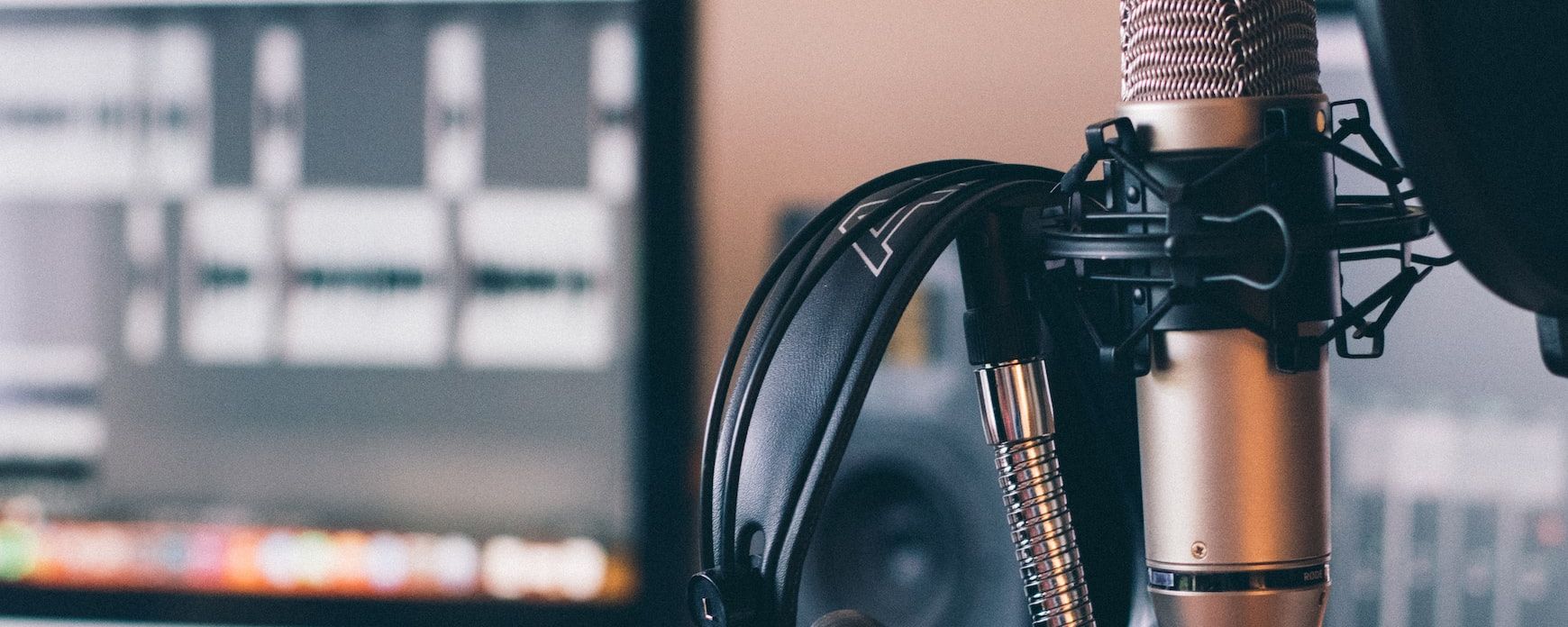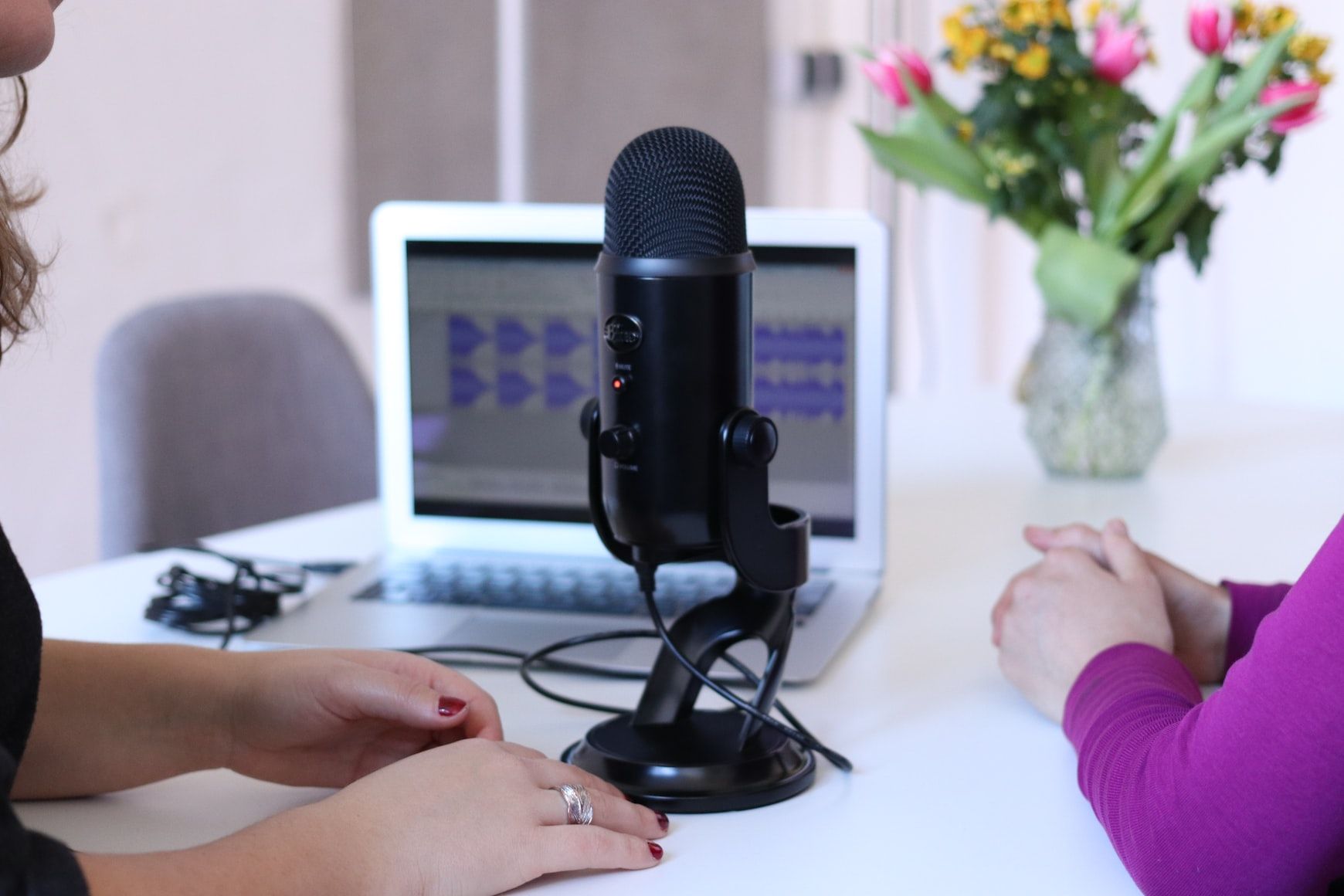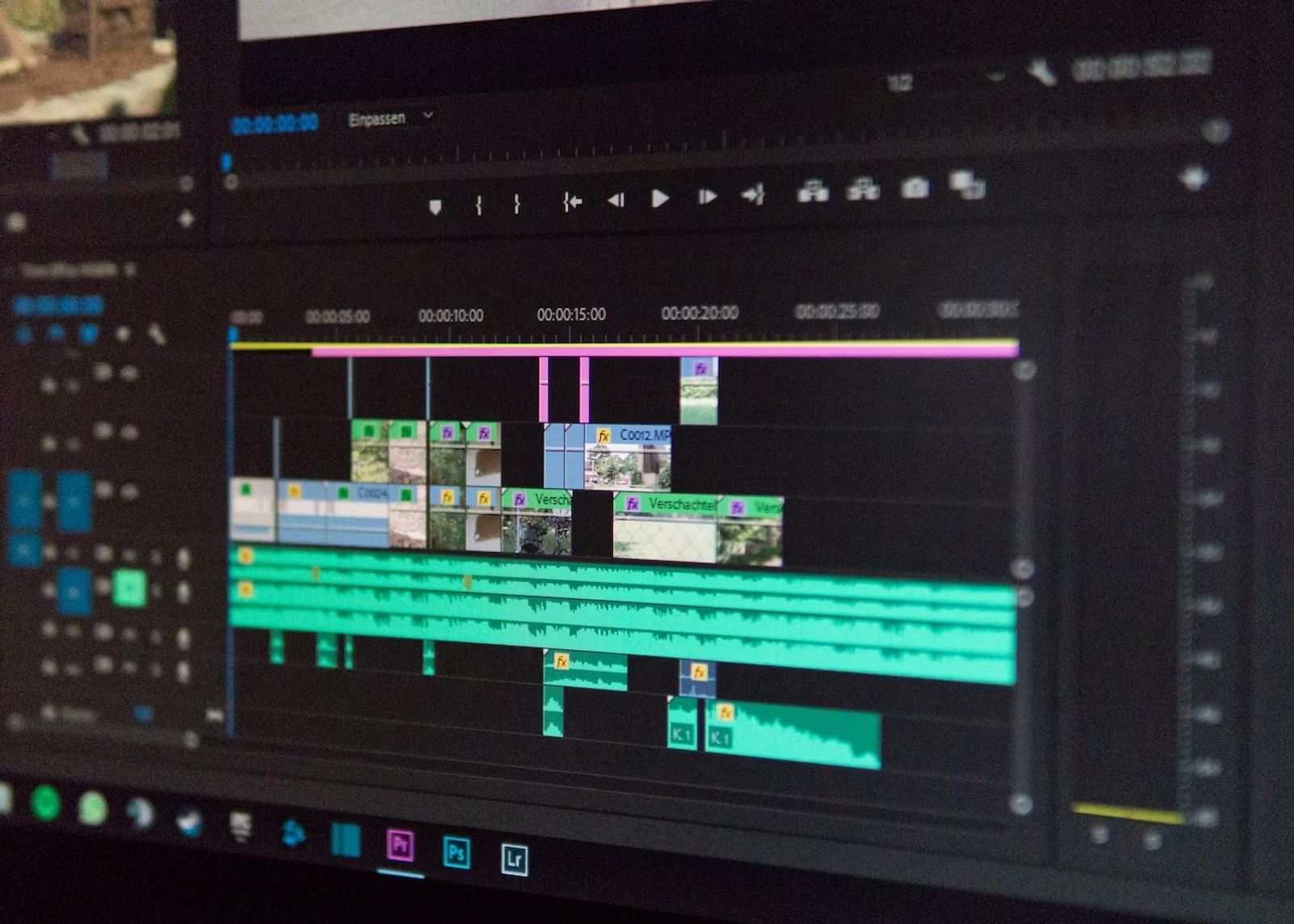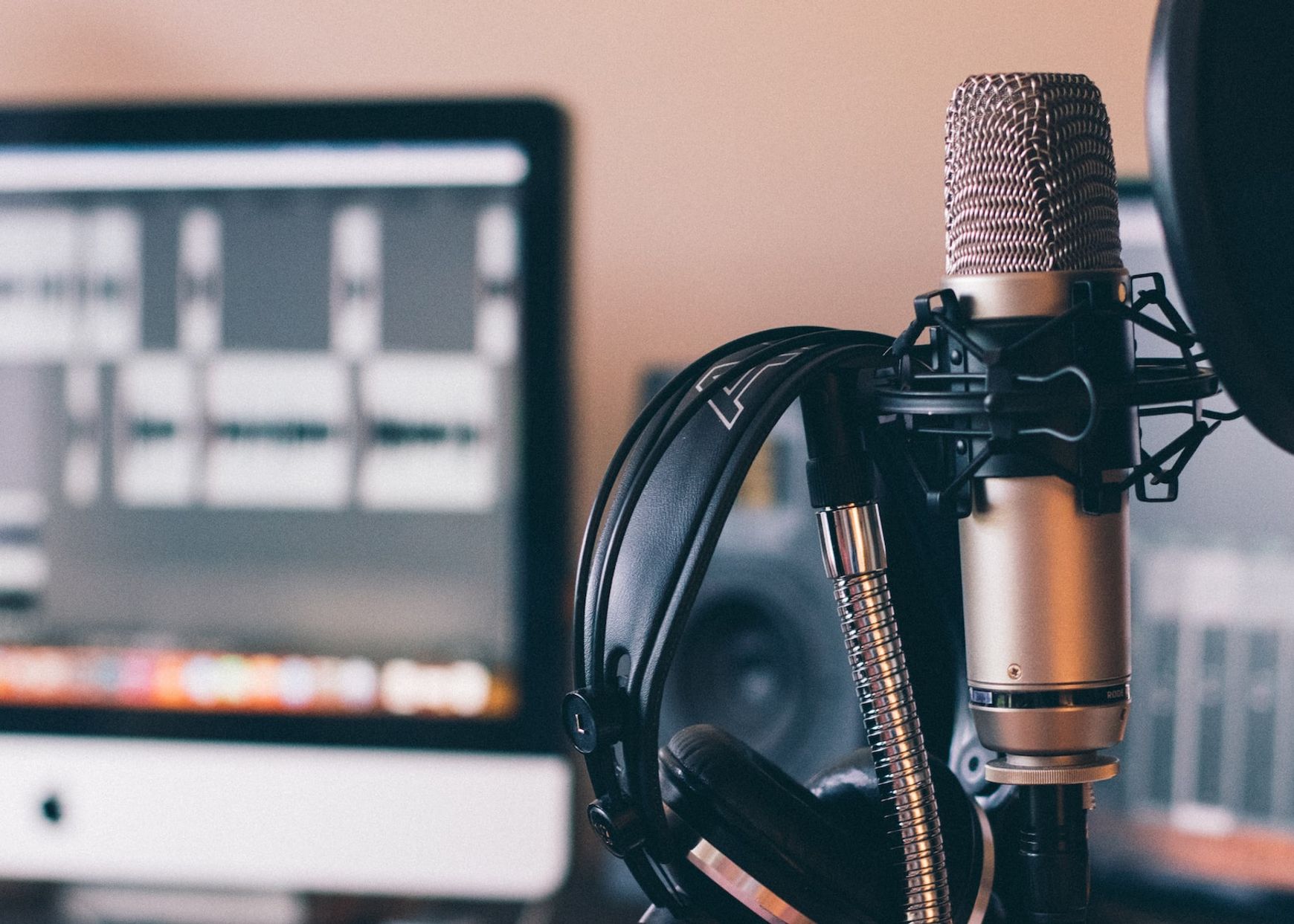
Qualitative Research Methodology and The Role of Transcription
Exploring the critical role of transcription in qualitative research, highlighting its methods, challenges, and impact on outcomes.

Transcribing interviews can be time-consuming, but there are ways to do it faster. Break the interview into smaller chunks, use speech recognition software, and make use of transcription services. Utilize keyboard shortcuts and familiarize yourself with the content to further increase your speed.
Understanding the basics of transcription is the first step towards transcribing an interview quickly. Transcription is the conversion of audio or video content into written content. This can be an uphill task, especially if you're dealing with long discussions that involve multiple speakers. However, with the right approach and apps, you can significantly speed up the procedure and increase accuracy.
Transcribing an interview involves more than just typing what's being said. Understanding the context, accurately capturing the speakers' intentions, and noting specific terminology or jargon is crucial. Each transcription project might require a different style or format, depending on its purpose. For instance, some projects might need verbatim transcription, which includes every single word, filler words, and even false starts. On the other hand, some might require intelligent transcription, where the transcriber omits unnecessary sentences and phrases to provide clear and concise word content.
Another basic aspect of transcription is period-stamping. This involves inserting the durationof the audio or video at various points in the transcript to locate specific parts of the recording. Period-stamping can be incredibly useful, especially in lengthy dialogues, as it allows you to find and verify information quickly.
Getting a solid grasp of these fundamentals of transcription is crucial. It sets the foundation for exploring various methods and apps to assist you in transcribing faster. Remember, transcription is about speed, accuracy, and maintaining the original message's integrity. The goal is to create a written record that accurately reflects the spoken phrases in the interview.
Transcribing dialogues requires essential apps to make theprocedure faster and more efficient. This tool includes good transcription apps, quality headphones, a foot pedal, and a sound editor. Integrating these apps can significantly reduce theperiod spent on transcribing dialogues. Here are some you should know:
Quality transcription software
Good transcription appsare the backbone of fast and efficient transcription. There are numerous transcription tooloptions available, both free and paid, with varying features to suit different needs. Some popular options include Happy Scribe, Express Scribe, oTranscribe, and Descript
Among other options, Happy Scribe comes with useful features like automatic timestamping, speed control, content editing, and more. Some even offer automatic transcription services that utilize AI to transcribe sound to written content, which can be a huge duration-saver, although they aren't 100% correct.
Great headphones
Quality headphones are also essential for transcription. They assist you in hearing the audio file, which is crucial for correct transcription. Noise-canceling headphones are especially recommended as they block out background noise, allowing you to focus on the audio file.
A foot pedal
Though not mandatory, a foot pedal can be a significant period-saver when transcribing. It lets you control the audio playback with your feet, leaving your hands free to type. This means you can pause, play, rewind, or fast forward without constantly switching between the keyboard and the mouse.
A sound editor
Lastly, a sound editor like Audacity can be handy. Sometimes, you might encounter audio files with poor sound quality, background noise, or low volume. A good sound editor enhances the audio quality, making transcribing easier.
Investing in this essential tool can significantly improve your transcription speed and accuracy, saving you valuable period and effort in the long run. Remember, the key to fast interview transcription is typing speed, having the right apps, and knowing how to utilize them effectively.

Transcribingdialogues quickly requires efficiency and a set of techniques to help speed up the procedure. Here are some effective strategies that could significantly reduce the duration of transcribing dialogues.
Transcription software
Firstly, utilize transcription apps. Plenty of transcription apps can convert spoken words into written texts. Some popular options include Happy Scribe, Express Scribe, Transcribe, and Rev. This tool can auto-transcribe the audio, which you can edit and refine. Although they may not be 100% correct, they can significantly speed up the procedure.
Utilizing AI-powered technology, Happy Scribe can translate your audio and video content. This tool also offers several services, including automated transcription, human transcription, and subtitling, guaranteeing accuracy, prompt results, and a low cost. A user-friendly interface that makes it simple to upload and manage transcribing projects is also available to users.
Touch typing
Secondly, learn to touch type. Touch typing is a method where you type without looking at the keyboard. This technique can drastically improve your speed and efficiency. It allows your fingers to automatically find the right keys while your attention is focused on listening to the audio. Numerous online resources are available to learn and practice touch typing.
Keyboard shortcuts
Another effective technique is to utilize keyboard shortcuts. Most transcription tool offers keyboard shortcuts for standard functions like play, pause, rewind, fast forward, slow down, and speed up. These shortcuts can save a surprising amount of duration, allowing you to keep your hands on the keyboard and maintain your typing flow.
A foot pedal
Additionally, consider using a foot pedal. This device lets you control the audio playback with your feet, leaving your hands free to type. It may take some period to get used to, but once you do, it can significantly increase your transcription speed.
Cut the audio down into bits
Lastly, break the audio into manageable chunks. Instead of trying to transcribe a long interview in one go, break it down into smaller sections. This approach makes the task less daunting and allows you to focus on one part at a period, improving accuracy and speed.
Remember, practice makes perfect. The more you transcribe, the faster and more efficient you'll become. Experiment with various techniques and apps to find what works best for you. Fluid efficiency doesn't come overnight, but with consistent practice and the proper methods, you can significantly speed up your transcription.

In today's digital world, a transcription tool is a game-changer for transcribing dialogues. It's a tool that can drastically reduce your duration on transcribing, freeing up your schedule for other important tasks. This tool can be an invaluable asset if you're constantly conducting dialogues for your research work, journalism, or any other profession.
Transcription apps work by converting spoken language into written content. The beauty of using this tool is that it's fast and correct. You can upload your recorded audio or video files into the tool, and in just a few minutes, you'll have a written transcript of your interview.
Various transcription apps are available in the market today, each with unique features. Some have automatic transcription capabilities, meaning they can transcribe your dialogues in a real periodas you conduct them. These are ideal for professionals who require immediate transcripts.
Others have built-in editors that allow you to correct and adjust the transcribed content. This is especially handy if your dialogues contain technical jargon or industry-specific language.
Moreover, most transcription tool is powered by artificial intelligence (AI) technologies, enabling them to improve their accuracy over a period. They better deliver correct transcripts as they learn more about your voice, the accents you interact with, and the terminologies you use.
However, remember that even the best transcription tool may not be 100% correct, especially with complex language or poor audio quality. As such, reviewing the transcribed text to ensure its accuracy is always advisable.
In conclusion, the transcription tool is a period-efficient tool that can significantly speed up your interview transcription. It's an investment worth considering if you frequently conduct interviews and need to have them transcribed quickly and accurately.

Enhancing your transcription speed and accuracy is a continuous procedure. Here are some valuable tips that can help you improve your transcription efficiency over a period.
Be in a quiet setting
Firstly, ensuring you're in a quiet, distraction-free environment is essential. Any noise or disruption can affect your concentration, leading to mistakes and slowing your speed. Invest in a good pair of headphones to block out external noise and improve sound quality.
Acquaint yourself with the content
Next, familiarize yourself with the content before you start transcribing. Listen to a few minutes of the interview to get a feel for the speaker's accent, rhythm, and speech pattern. This understanding will make the actual transcription process much smoother and faster.
Use a transcription service
Another valuable tip is to utilize a transcription tool. Many types of transcription apps available today can significantly speed up your transcription process. Some even have voice recognition features that can transcribe audio to text automatically, which you can edit for accuracy.
Compared to manual transcription services, Happy Scribe uses AI-powered technology to quickly and accurately transcribe your interview content. The software's editor also has a proofreading assistant who points out places where it had problems appropriately translating. This can be used to fix errors quickly.
Quick, accurate typing
Remember to underestimate the power of typing speed and accuracy. The faster and more accurately you type, the quicker you'll finish transcribing. You can improve your typing skills through various online tools and practice regularly.
Have a correction system
Finally, develop a system for dealing with inaudible or unclear sections in the audio. Instead of stopping and starting, which can disrupt your flow, mark these sections and return to them at the end. This way, you're not breaking your concentration and can deal with complex parts simultaneously.
Remember, transcription is a skill that improves with practice. The more you transcribe, the faster and more correct you'll become. With these tips in mind, you're on your way to becoming a more efficient transcriber.
If you're overwhelmed by the number of interviews you need to transcribe or short on time, outsourcing transcription services is the perfect solution. This option provides an efficient alternative to take a massive weight off your shoulders. With the increasing popularity of digital platforms, outsourcing transcription services has never been easier or more accessible.
Several online platforms offer transcription services that deliver high-quality and accurate transcripts. Platforms, like Happy Scribe employ professional transcribers with the skills and tools to transcribe your interviews quickly and accurately. They are experienced in handling various accents and dialects and can easily decipher jargon or technical terms related to your field.
Outsourcing transcription services not only saves you period but also ensures a high level of accuracy. These services typically have stringent quality control measures to ensure that the final output matches the original audio file to the greatest extent possible. A separate team usually proofreads the transcripts to minimize errors and provide the best final product.
Moreover, these services also offer flexibility in terms of turnaround times. You can select from various options based on your needs, from 24-hour delivery to a week-long timeframe. This allows you to plan and manage your workflow more effectively.
While outsourcing may come at a cost, the benefits of saved time, energy, and the assurance of high-quality transcripts often outweigh the expenditure. It also lets you focus on more critical tasks, such as analyzing the data or planning your next interview. If you find yourself inundated with interviews to transcribe, outsourcing transcription services is an efficient alternative worth considering.

Exploring the critical role of transcription in qualitative research, highlighting its methods, challenges, and impact on outcomes.

Exploring the pivotal roles of various transcription types in qualitative research, from verbatim to AI-powered methods.

Understanding Transcription's Impact on Qualitative Research Accuracy

Transcription in qualitative research transforms spoken dialogues into script, enhancing analysis and accessibility.

Video transcription revolutionizes educational research by enhancing data precision, accessibility, and analytical depth.

Exploring Qualitative Research Interviews: From In-Depth Analysis to Practical Transcription Techniques

Revolutionizing Qualitative Research: The Impact of Automatic Transcription

Wondering how to tackle the obstacles of remote work? Audio transcription software has a load of benefits—read about them here!

Explore ways to speed up transcription – optimizing workflows, reducing costs, and delighting customers as you do so.

Transcribing interviews can be time-consuming, but there are ways to do it faster. Break the interview into smaller chunks, use speech recognition software, and make use of transcription services. Utilize keyboard shortcuts and familiarize yourself with the content to further increase your speed.